Hospitals
-
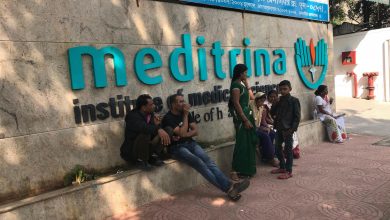
Meditrina Hospital Declared Unsafe in Nagpur, Immediate Evacuation Ordered by Authorities; Hospital Refuted Claim
Nagpur: Meditrina Hospital in Nagpur has been declared highly unsafe by the Nagpur Municipal Corporation (NMC) Fire Department, leading to…
Read More » -
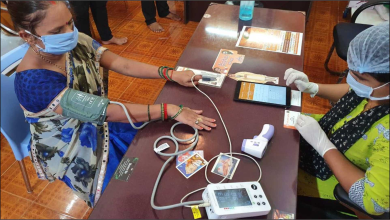
8 ‘Apla Davakhana’ Clinics Open in Nagpur: Enhancing Accessible Healthcare
The city of Nagpur has taken a significant leap forward in healthcare accessibility with the opening of eight clinics under…
Read More » -
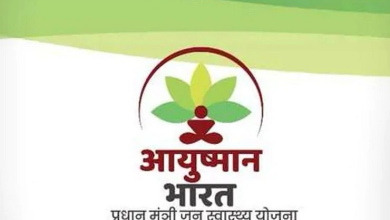
5 More Hospitals Added Under Ayushman Scheme in Nagpur
Healthcare is a fundamental need, and access to quality healthcare has been a challenge for many in India. The Ayushman…
Read More » -
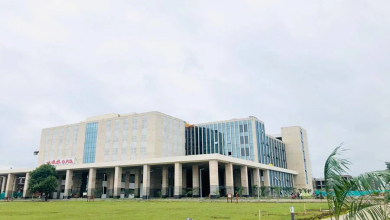
AIIMS Nagpur: A Crucial Testing Lab for Mpox in the State
The World Health Organization (WHO) has recently sounded the alarm on the spread of Monkeypox (Mpox), urging countries worldwide to…
Read More » -
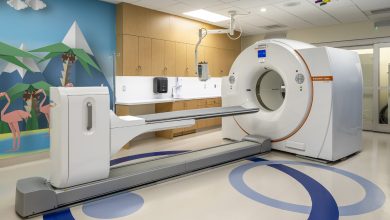
State’s First Nuclear Medicine Department in GMCH to Launch Soon
Nagpur’s Government Medical College and Hospital (GMCH) is on the brink of a groundbreaking milestone as it prepares to launch…
Read More » -
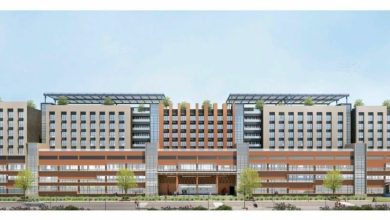
Ambedkar Hospital Construction Likely to Start in August
Ambedkar Hospital Construction: The long-awaited construction of the Dr. Babasaheb Ambedkar Superspecialty Institute of Medical Education and Research (BASIMER) at…
Read More » -
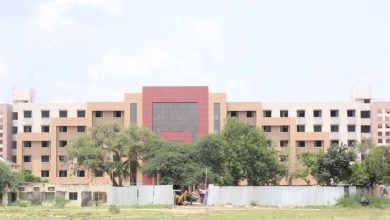
Rs 131 Crore Boost to IGGMCH Expansion Plan
IGGMCH Expansion Plan: The Indira Gandhi Government Medical College and Hospital (IGGMCH) has finally received approval for a substantial expansion…
Read More » -
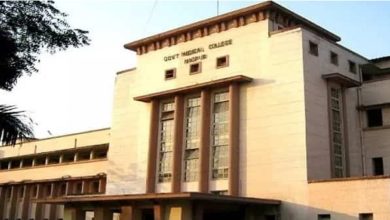
GMCH Launches Special OPD for Senior Citizens: A Milestone in Geriatric Healthcare
Nagpur Medical College : In a groundbreaking move to enhance the healthcare experience for senior citizens, the Government Medical College…
Read More » -
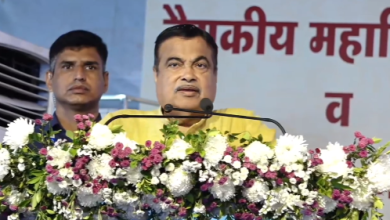
IGGMC&H (Indira Gandhi Government Medical College and Hospital) Secures Approval for a 500-Bed Marvel
Nagpur: After an enduring wait of five years, the Indira Gandhi Government Medical College and Hospital (Nagpur) (IGGMC&H) has triumphed…
Read More » -
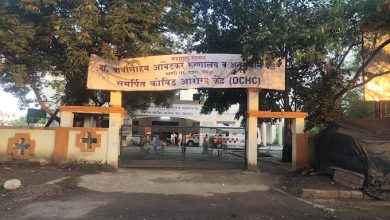
Ambitious Dr Babasaheb Ambedkar Super Specialty Hospital & Post Graduate Institute for Medical Sciences in Nagpur
In a pivotal move, the proposal for the construction of the Dr Babasaheb Ambedkar Super Specialty Hospital & Post Graduate…
Read More »

